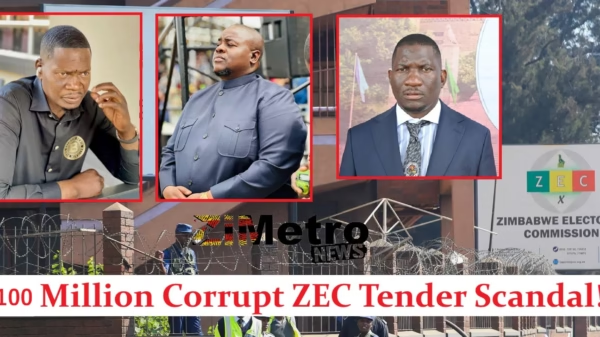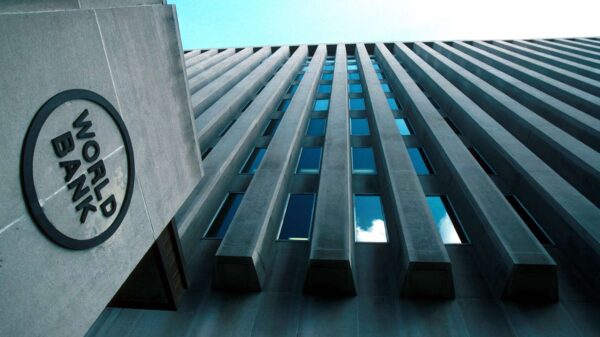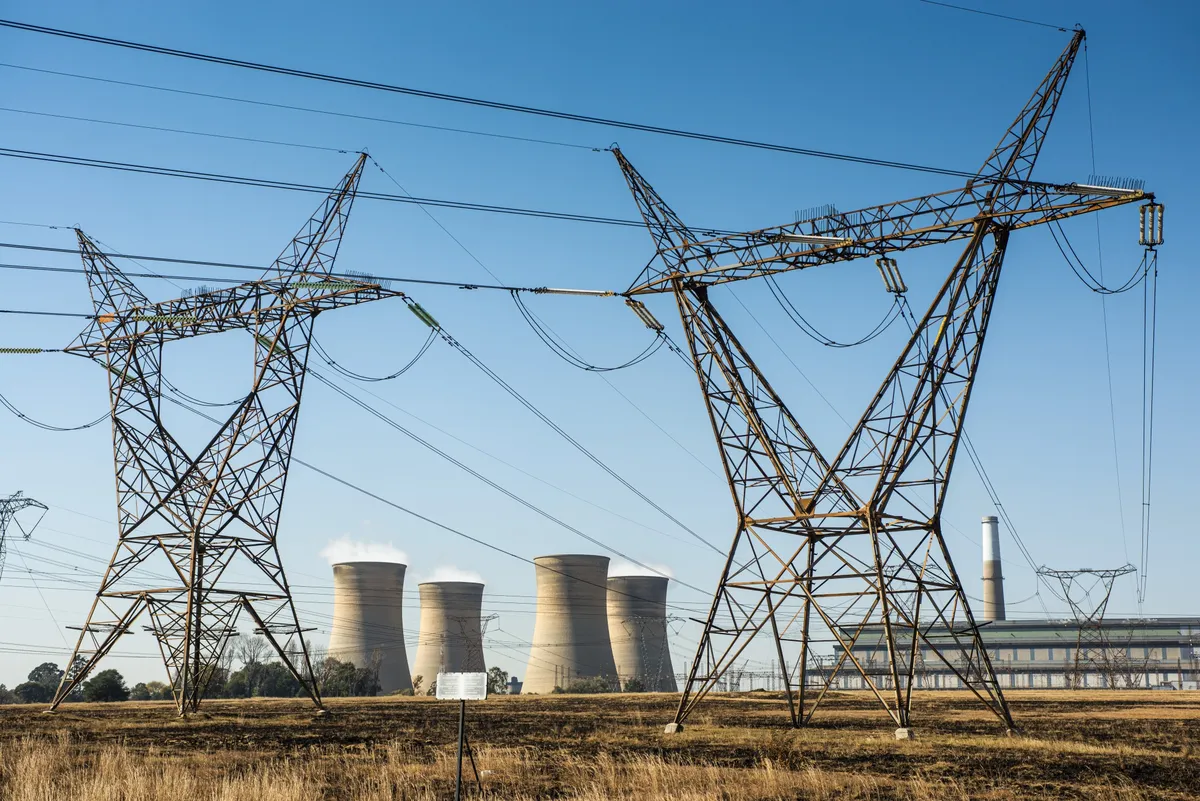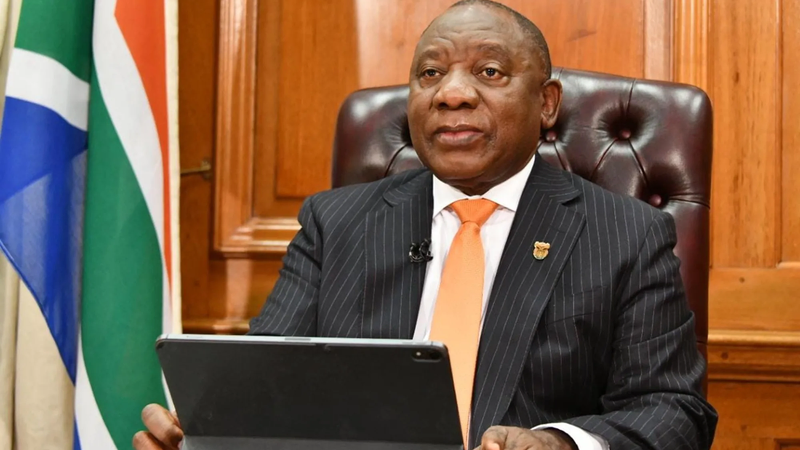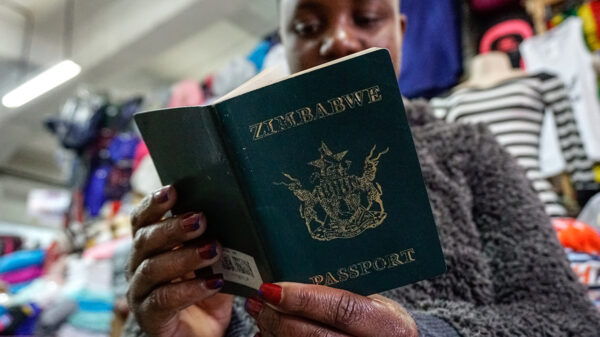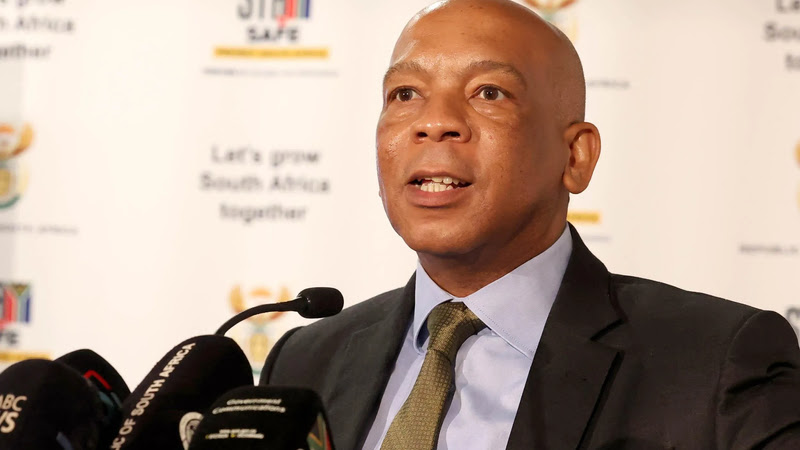South Africa is facing a critical shortage of power lines needed to transmit electricity from new energy projects, highlighting the need for an updated plan to manage ongoing auctions that secure additional supply from large-scale clean energy facilities, according to Bernard Magoro, head of the Independent Power Producer Office.
The country has been forced to put aside wind power projects, which contribute over 5% of its electricity, due to insufficient grid connections in the last two rounds of the state’s auction program. As South Africa aims to eliminate years of electricity shortages that have hindered its economy, it must also invest in expanding the national grid by R390 billion (approximately US$22.4 billion) over the next decade to connect new power plants to factories, businesses, and homes.
Magoro noted at a conference in Cape Town that grid connections are becoming increasingly limited. Eskom, the state-owned utility responsible for over 80% of the country’s electricity, plans to retire more than 9,000 megawatts of coal-fired units by 2030. This transition to 53,000 megawatts of predominantly clean energy facilities will necessitate new transmission lines.
ALSO READ: Job Opportunity: Property Managers Needed at ARK Properties
Some companies, like Enel Green Power, are choosing to refrain from participating in the seventh round of South Africa’s energy sourcing program until Eskom resolves its grid capacity challenges. Priscillah Mabelane, Chairperson of the National Transmission Company South Africa (NTCSA), emphasized the importance of involving the private sector. The NTCSA, which became operational in July, was created from Eskom and is responsible for managing the country’s transmission system.
Mabelane acknowledged the grid’s investment challenges, citing frequent power outages, widespread corruption, inconsistent legislation, and strained relations between business and the government as factors deterring investment. South Africa’s economic growth has stagnated at below 1% over the past decade, trailing behind population growth.

For comments, Feedback and Opinions do get in touch with our editor on WhatsApp: +44 7949 297606.





